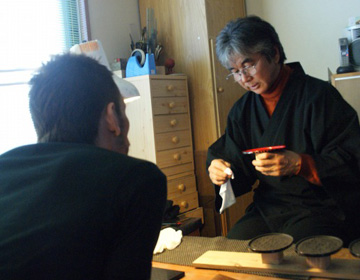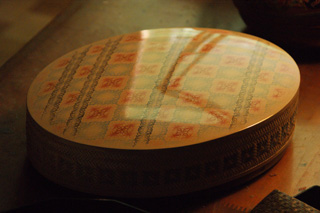 |
Combination of Japanese Asian techniquesYorishige Matsudaira, the grandson of Ieyasu Tokugawa, greatly contributed to the production of lacquer ware in Kagawa. Yorishige Matsudaira was the first feudal lord of the Sanuki Takamatsu clan. He moved to Takamatsu from Mito, receiving some land from Tokugawa in 1638. The artistic feudal lord had extensive knowledge of lacquerware and sculptures, and enjoyed the art of tea ceremony and flower arrangement. He is said to have promoted lacquerware production and helped nurture artisans. |
Technique of creating Kagawa shikki”Kinma” involves repeatedly applying lacquer, carving patterns with a carving knife called ”ken”, filling the carved parts with colored lacquer, and polishing. This process is carried out for each color of lacquer including red and yellow. The whole process involves about 60 steps in total. |
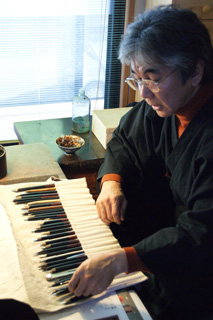 |
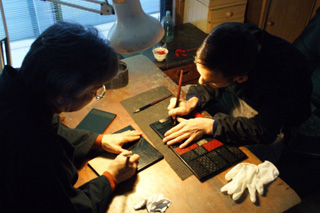 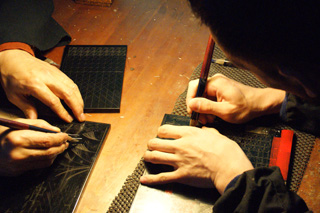 |
Bold conception and delicate workThe biggest characteristic of ”Kagawa shikki” is the highly artistic methods that exceed folk craft. Nakata visited the workshop of Hayato Otani. At the workshop, Nakata tried carving with the ”ken”. Only delicate and careful work can create the exquisite patterns. |
ACCESS
- Hayato Otani, lacquer craftsman
- Takamatsu, Kagawa
 Discovering Japan [Nihon] through authentic craftsmanship [Honmono]
Discovering Japan [Nihon] through authentic craftsmanship [Honmono]